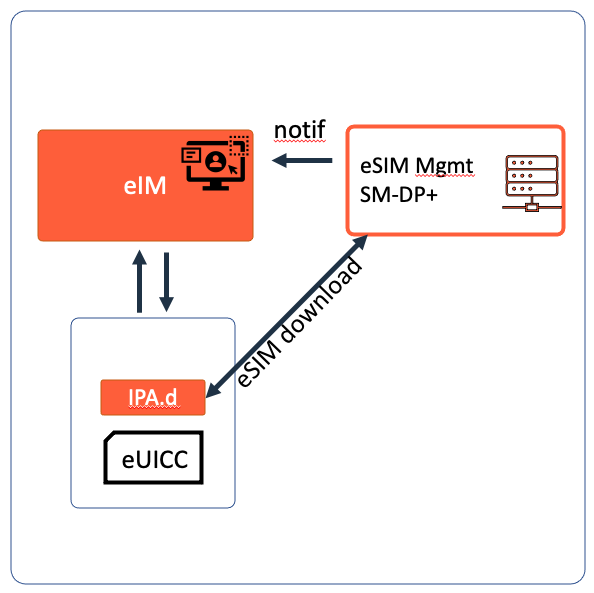
How is cellular connectivity changing trail cams?
April 11, 2023
14 of the most common use-cases for IoT Connectivity and the biggest companies in each category
April 21, 2023The winds of change are blowing in the eSIM world with the new SGP.32 specification lurking around the corner. In the telecom industry, we tend to jump after the new shiny technology feet first, such as 5G technology. But when is the right time to say goodbye to the old M2M/SGP.02 and Consumer/SGP.22 specs and support the new technology?
When looking for the right time there are multiple components that make a full solution; you have specifications, the device side components (eUICC, eSIM, IPA.d and IPA.e) and the server-side components (SM-DP+ and eIM). For clarity’s sake in Consumer eSIM spec SGP.22 we had on device LPA or Local Profile Assistant and on the new IoT eSIM spec we have IPA or IoT Profile Assistant. The IPA.d means that it resides on the device and IPA.e means it resides on the eUICC.
The good news about SGP.32 is that it focuses more on the Remote Provisioning aspect with the introduction of a new client with IPA (IoT Profile Assistant) and new service eIM (eSIM IoT remote Manager); additionally, it uses the same SM-DP+ and eSIM profile as from the Consumer specification. This means that IPA and the eIM do not need to be GSMA-SAS-SM certified, allowing for faster rollout.
That being said, what are we looking at in terms of timelines? Let’s start with the specifications. It has not been made public on when the actual SGP.32 specification will be available, but it is expected to deploy in Q2-2023. This will cement all the interfaces between Device and Server-side components allowing companies to deliver specification compliant solutions. We believe that all the EUMs (SIM card makers, for example G+D, Idemia, Thales and VALID) have been working on pre-specification components so that when the specification is released it is going to be more of a finalization and tweaking of the components rather than starting from zero.
We anticipate that the first solutions will come to market as soon as Q3-2023. This will likely be an IPA.d type of implementation with a Linux environment. From a technical perspective this is a safe guess; but from a mass adoption point of view, it is likely a different story. Mass adoption of the new IoT eSIM spec will depend greatly on when Module Makers (such as Quactel, Fibocomm, Telit, etc) begin integrating it on their modules or when device makers will have it readily available. This is likely to occur in 2024 and beyond before IoT hardware with SGP.32 support will be readily available.
Overall, we believe this is a positive development on the adoption of eSIM implemented IoT beyond Consumer devices. Simplex Wireless is planning on PoC in Q2-2023 and a productize solution in Q4-2023.
Jan Lattunen, CCO, Simplex Wireless






